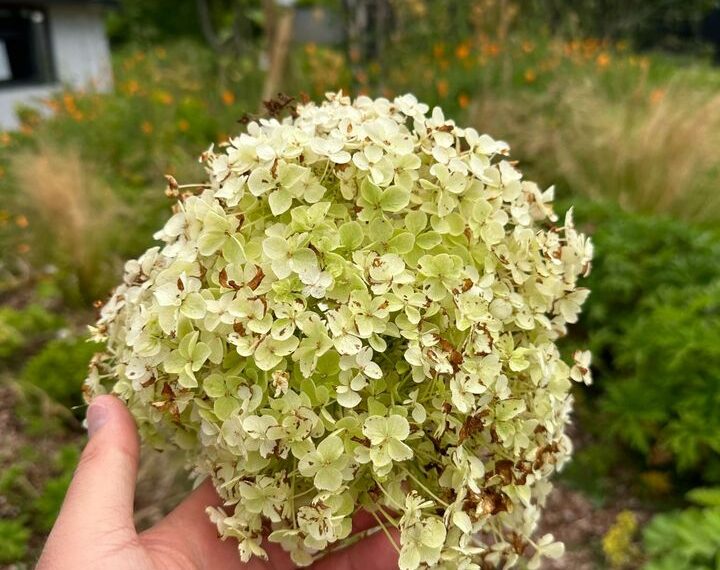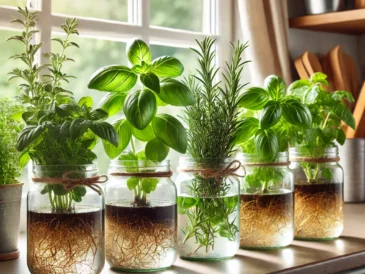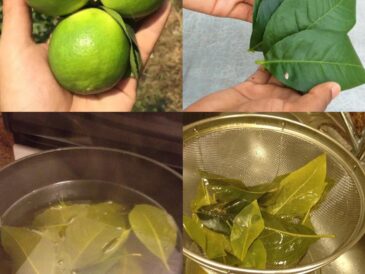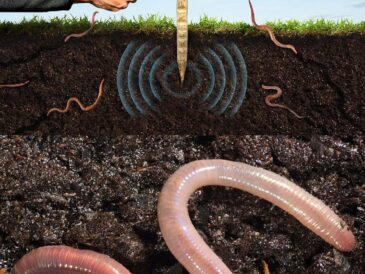As the blooming season for your hydrangeas comes to an end, you might think it’s time to leave them alone until the next year. However, this is actually the perfect moment to take care of a few essential tasks to ensure that your hydrangeas continue to thrive and bloom beautifully next season. Here are four key jobs to do now that your hydrangea blooms are finished for the year:
1. Deadhead the Spent Blooms
Deadheading, or removing the spent blooms, is one of the simplest yet most effective tasks you can do for your hydrangeas. It helps direct the plant’s energy back into the root system and foliage rather than into trying to keep old flowers alive. This will make your plant healthier overall.
- How to Deadhead: Using sharp, clean pruning shears, snip off the dead flowers just above a pair of healthy leaves or buds. For panicle and smooth hydrangeas, this is usually done after the blooms fade in late summer or early fall. However, for bigleaf and oakleaf hydrangeas, you may want to leave the blooms on throughout the winter as they add a nice visual interest, especially when covered with frost or snow.
2. Pruning for Shape and Health
Pruning hydrangeas properly is crucial for maintaining their shape and promoting healthy growth for the next season. However, not all hydrangeas are pruned at the same time, so it’s important to know what type of hydrangea you have before proceeding.
- Bigleaf Hydrangeas (Hydrangea macrophylla): These hydrangeas bloom on old wood, so pruning should be done immediately after flowering in the summer. If you wait too long, you risk cutting off next year’s blooms.
- Panicle and Smooth Hydrangeas (Hydrangea paniculata and arborescens): These bloom on new wood, meaning you can prune them in the late fall or early spring before new growth begins.
- Oakleaf Hydrangeas (Hydrangea quercifolia): Similar to bigleaf hydrangeas, they bloom on old wood and should be pruned after flowering, though light pruning can be done in late fall.
When pruning, remove any dead or diseased branches and trim for shape. Keep the plant open by cutting back crossing branches to improve airflow and reduce the risk of fungal diseases.
3. Fertilizing for Next Year’s Growth
After the blooming season, your hydrangeas could use a little feeding to prepare for next year’s growth. Apply a slow-release fertilizer formulated for flowering shrubs. The type of fertilizer can vary based on the type of hydrangea:
TO CONTINUE READING THE ARTICLE PLEASE SEE PAGE 2




